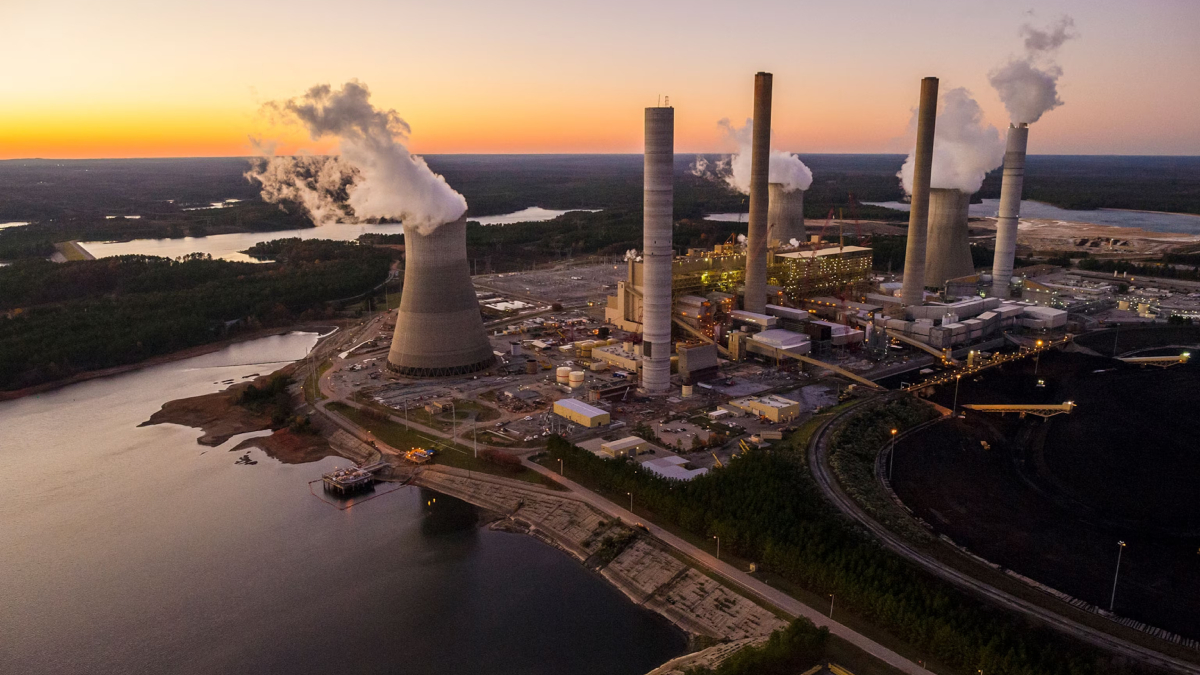The United Nations warned that greenhouse gas levels in the atmosphere reached unprecedented highs in 2023, driving future temperature increases that could persist for decades. The World Meteorological Organization (WMO) reported Monday that concentrations of carbon dioxide, methane, and nitrous oxide—the three main greenhouse gases contributing to climate change—all increased last year.
The WMO’s Greenhouse Gas Bulletin highlighted in an AFP report that carbon dioxide, which accounts for around 64% of the climate-warming effect, is now accumulating at a faster rate than ever. Since 2004, atmospheric CO2 levels have risen by over 11%, reaching 420 parts per million (ppm) last year, surpassing pre-industrial levels by 151%. “Another year. Another record,” said WMO chief Celeste Saulo. “This should set alarm bells ringing among decision-makers…we are clearly off track to meet the Paris Agreement goal.”
The Paris Agreement, set in 2015, aims to keep global warming well below 2 degrees Celsius—and ideally limit it to 1.5C—above pre-industrial levels. However, the current trends suggest a challenging path ahead, as temperatures on land and sea were the highest on record since 1850.
With the COP29 climate summit set for November, WMO officials urged urgent action to address these rising figures. Climate feedback loops, such as wildfires and reduced CO2 absorption by oceans, could exacerbate warming, WMO deputy chief Ko Barrett warned, adding, “These climate feedbacks are critical concerns to human society.”






